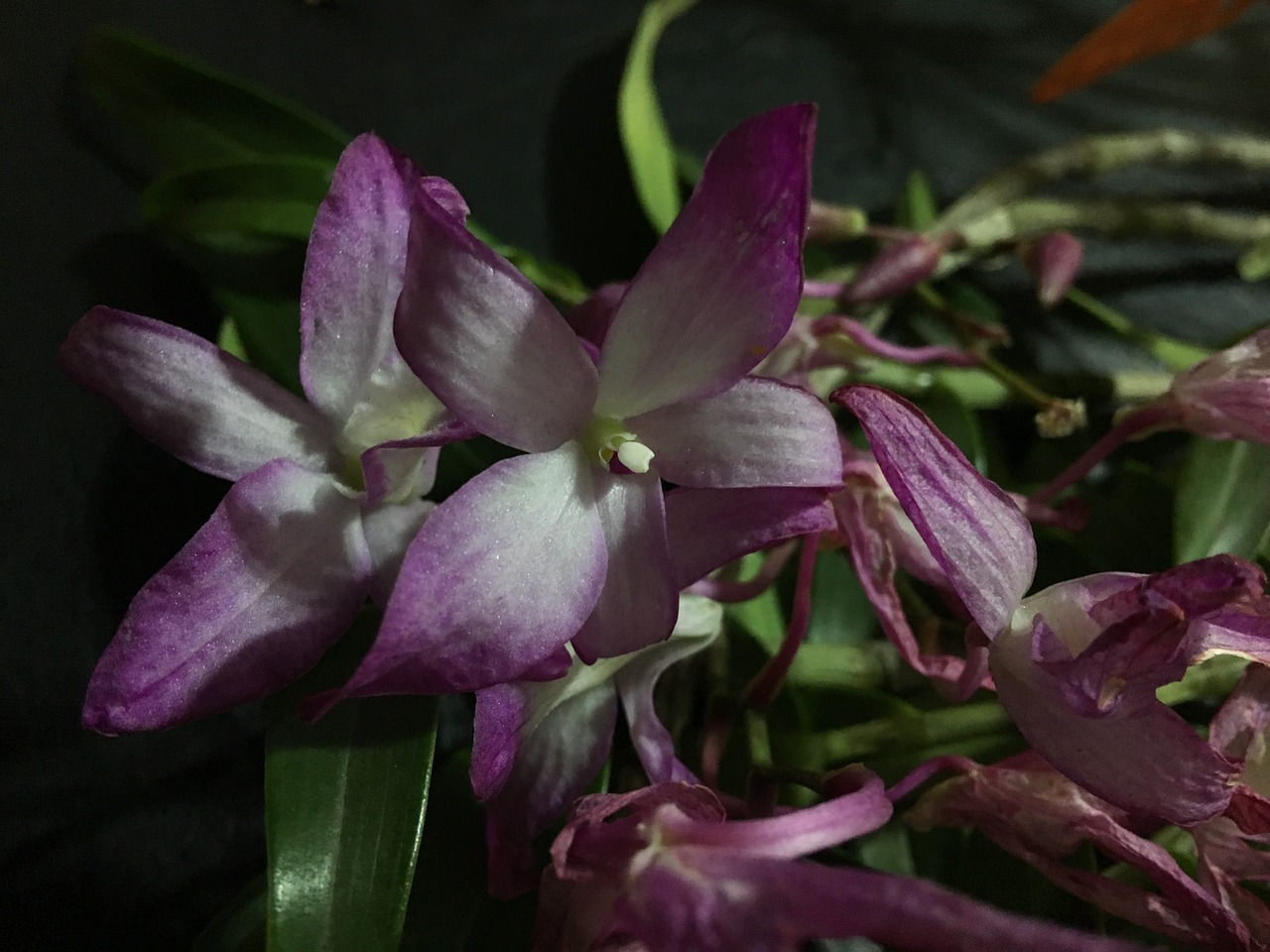One of the most common questions that people ask when growing and taking care of Orchids is, “How do I know if my orchid is dead or just dormant?”. Sometimes, growers may be alarmed because they’re orchids are shedding their petals or the entire flower off; however, that doesn’t necessarily mean that your plant is dead. Orchids will naturally shift to their dormant state when they’re not in their blooming cycle.
With more than 30,000 species and 200,000 hybrids, orchids are the largest family of flowering plants on earth. Whether you’re growing one on a windowsill or a full-sized greenhouse, these exotic flowering plants display an unrivaled beauty, which is the main reason why it makes a beautiful addition in your garden or greenhouse. Although orchids are versatile and able to adapt to different environments, it will only survive if it receives the proper nutrition and light it needs.

It’s normal for plants like Orchids not to produce flowers for months at a stretch. In case you didn’t know, orchids need some time to rest, recover, and replenish their nutrients before their blooming cycle begins again. This way, they would have enough nutrients to grow another batch of healthy blooms.
3 Tell-Tale Signs that Your Orchid is Dead
Growing orchids can be challenging and taxing for many growers as they typically require more care than others. If you’re still in the early stages of gardening, it may be hard for you to determine what a hibernating or dead orchid looks. If you’re growing an orchid in your garden and you’re suspecting an Orchid death, here are some of the signs that you should look out for:
Assess the crown
In your orchids, if you see that the crown (part of the Orchid that connects the leaves to the base) is turning brown and the texture is soggy and mushy, it’s probably rotten. Rots quickly spread to other parts of the Orchid plants, and they aren’t usually noticeable until its leaves have turned into yellow or black. On the other hand, if your Orchid is just hibernating, its crown would appear green and plump.
Observe for signs of root rot
One of the most common problems that many orchid growers face is root rot. It often happens in overwatered plants or when the owners are not repotting their orchids as often as needed because they won’t be able to remove the dead or diseased roots. Also, when orchids lack repotting, this will lead to lesser oxygen penetrating the Orchid’s roots.
Soft and mushy roots may manifest root rot. Typically, when your Orchid reaches this stage, you won’t be able to do much to revive it. Most likely, when roots start decomposing, your entire Orchid will also begin to wilt and die.
Yellow leaves that are falling off
While it may be expected for orchids to shed their leaves during their dormant period, when growers start to notice their orchids’ leaves turning yellow and falling off completely, it usually means that it’s either dead or dying. The best way to confirm is to check your plant’s root for rot. If the roots are rotten, then it may be time to think about disposing of your Orchid plant.
The Benefits of Using a Greenhouse to Grow Orchids
Orchids make a beautiful addition to your garden, especially once they start blooming. But they can be challenging to take care of if you’re growing them in an open space. They become more prone to pests, heavy rains, and winds.
Fortunately, there’s one way to make sure that your orchids grow and bloom beautifully – greenhouses. Growing your prized orchids inside a greenhouse allows you to regulate the environment and make it suitable for these plants’ growth. There are other benefits of growing orchids in the greenhouse, including:
You can control the humidity
Orchids grow best in highly humid environmental conditions because there is lesser air movement, and therefore, there would be lesser water evaporation. Ideally, the environment’s humidity level should reach 60% to 80% if you’re growing Orchids. By having a greenhouse, you’ll have greater control of the humidity levels and ensure that your plants will absorb the right amount of moisture needed to avoid dehydration.
Better light control
Orchids need light to survive, but they don’t like direct exposure to sunlight, which is why it’s essential to place them in a shade that would still give them the light requirements that they need. With greenhouses, you can use shade cloths or roller blinds to protect your plants from direct sunlight.
Better airflow
Orchid damage and death are sometimes caused by excessive or too little airflow that the orchids have been exposed to. Growing orchids in greenhouses allow you to control the amount of air that moves within the enclosure. With greenhouse fans, you can ensure that there will be constant air movement, which will allow the orchids to evaporate stagnant and excess water where harmful microorganisms could breed.
Final Thoughts on “How Do I Know If My Orchid is Dead?”
Growing different types of orchids can be a great way to add color and diversity in your garden or greenhouse. If you want to enjoy beautiful and healthy blooms for years, learning more about orchids’ growth requirements will help you determine what they need to thrive. With the right knowledge, the answer to the common question, “How do I know if my orchid is dead?” will also come naturally.
